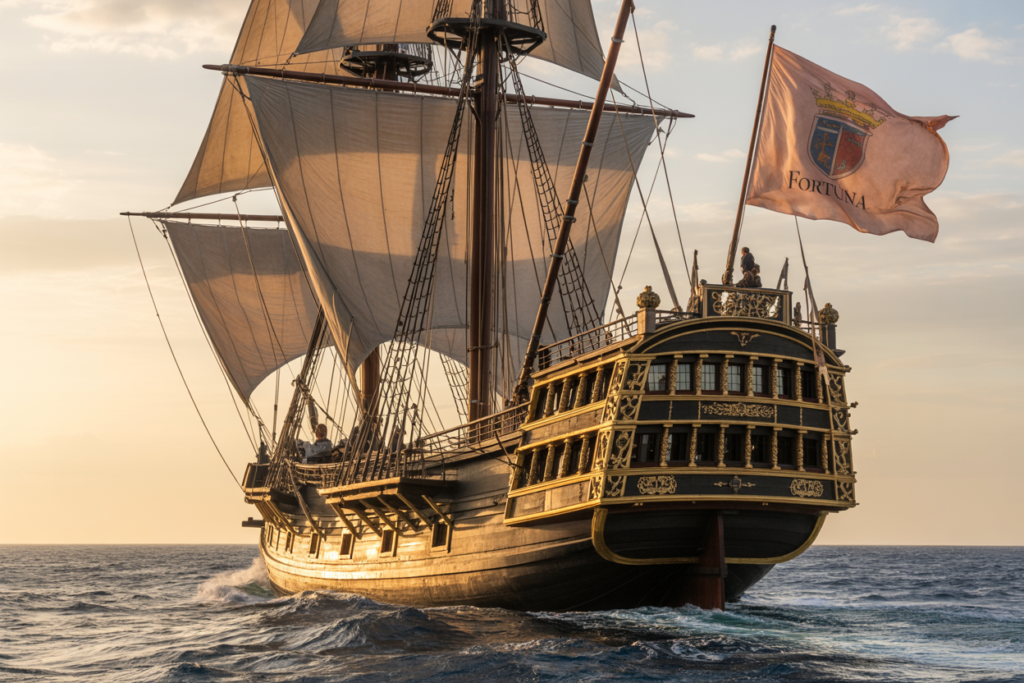Before stock markets and overnight shipping, trade looked like camel caravans, spice ships, and a lot of haggling. But make no mistake—these ancient trade networks were the real engines behind powerful empires. They brought wealth, goods, and new ideas… and occasionally also pandemics and drama. This article dives into the major trade routes that didn’t just move stuff—they moved history. So grab your imaginary passport, and let’s explore the roads, rivers, and seas that shaped the world.
The Silk Road Was the Ancient World’s Internet
The Silk Road wasn’t one road—it was more like a spaghetti plate of routes stretching from China to the Mediterranean. Along this path came silk, spices, ideas, religions, and the occasional Mongol. It helped turn cities like Samarkand and Xi’an into bustling trade hubs and linked empires like the Han and Roman in ways that seemed impossible before. Sure, it also spread disease now and then, but you win some, you lose some.
The Indian Ocean Trade Was Smooth Sailing With a Side of Cinnamon
If the Silk Road was dusty, the Indian Ocean was downright breezy. Traders from East Africa, Arabia, India, and Southeast Asia used the monsoon winds like ancient GPS to sail between continents. They moved everything from ivory and gold to textiles and nutmeg. This ocean highway connected empires, spread Islam and Hinduism, and gave rise to Swahili city-states. Bonus: no camel required.
The Trans-Saharan Trade Linked Gold to Salt and Power
It might not look like a business hotspot, but the Sahara was once one of the most profitable places on Earth—if you were in the gold or salt game. Camel caravans crossed the desert, linking West Africa with North Africa and beyond. Empires like Ghana, Mali, and Songhai got rich off this trade, and cities like Timbuktu became legendary for wealth and learning. It wasn’t an easy journey, but it paid off big time.
The Hanseatic League Was Like a Medieval EU With Boats
In Northern Europe, the Hanseatic League was a club of merchant cities that decided cooperation was better than piracy (usually). From the 13th to 17th centuries, towns along the Baltic and North Sea teamed up to control trade in fish, timber, grain, and furs. It wasn’t always peaceful, but it kept commerce flowing and helped cities like Lübeck and Hamburg thrive. Think spreadsheets, but with chainmail.
The Spice Routes Made Everyone Hungry and Greedy
For centuries, people were willing to sail across oceans and start wars just to get a taste of cloves, nutmeg, and cinnamon. These weren’t just flavor enhancers—they were big business. The spice trade connected Asia with the Middle East and Europe, driving exploration, colonization, and more than a few arguments over who controlled what island. Spoiler: Europeans eventually showed up and took over. But it all started with spice.
The Mediterranean Trade Gave Birth to Empires and Olives
This sea might look peaceful, but it’s seen more trade drama than most reality shows. From the Phoenicians to the Romans to the Venetians, control over Mediterranean trade routes meant wealth, influence, and lots of amphorae. Cities like Carthage, Alexandria, and Venice boomed thanks to maritime commerce. It was the original economic hotspot, and plenty of wars were fought over who got to profit from it.
The Atlantic Slave Trade Made Fortunes and Horror
Not all trade networks are something to celebrate. The transatlantic slave trade was one of the darkest chapters in global commerce. European powers bought and sold millions of enslaved Africans, shipping them across the ocean to the Americas in brutal conditions. This trade enriched empires and built colonial economies—but at an unimaginable human cost. Its legacy still shapes the world today.
The Grand Canal Turned China Into a Superhighway
China’s Grand Canal was less of a trade route and more of a mega-project. Stretching over a thousand miles, it connected northern and southern China, making it easier to move rice, goods, and people. Built and expanded over several dynasties, the canal helped fuel cities, armies, and bureaucracies. It was like the ancient version of a shipping lane, but with more rice barges and less diesel.
The American Fur Trade Was Frontier Capitalism
In North America, the fur trade linked Native tribes, French and British colonists, and later American settlers in a web of commerce and conflict. Beaver pelts were the hot commodity, and they fueled exploration, treaties, and sometimes betrayal. The trade helped map out the continent but also led to major displacement and power struggles. It was business—but with muskets and moccasins.
The Global Trade Boom Created the Modern World
Fast forward to the 1600s and beyond, and you’ve got a world buzzing with trade: tobacco, sugar, textiles, tea, and eventually industrial goods. Empires expanded, colonies multiplied, and cash crops dominated. Trade networks grew tighter and more global than ever, with ports in Europe, Africa, Asia, and the Americas constantly in motion. It wasn’t always pretty, but it laid the groundwork for our hyperconnected planet—and your ability to order socks from across the world.

